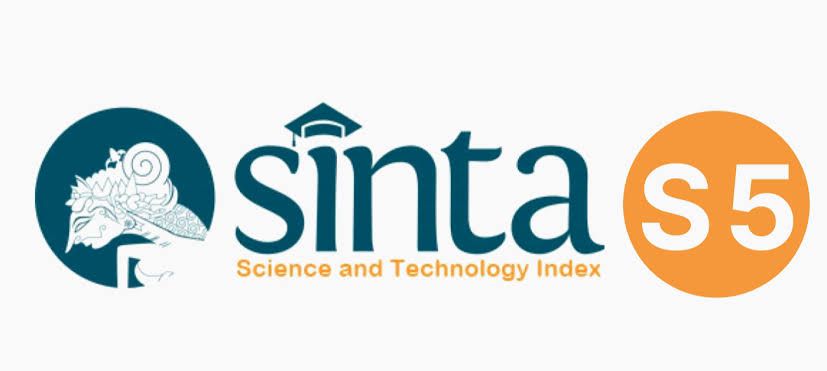Planum Sphenoidale Meningioma: A Rare Location of Skull Base Meningioma
DOI:
https://doi.org/10.32734/aanhsj.v2i3.4558Abstract
Background: Meningioma is common primary central nervous system tumors. Twenty-five percent of all meningioma consist of skull base meningioma. Planum sphenoidale meningiomas are rare. Planum sphenoidale meningiomas can extend into adjacent areas. Approximately two thirds of patients complain of failing vision in one eye as the first symptom.
Case Report: A 32-year-old woman presented with 6-month history of progressively worsening blurred of both of vision. She also complained her smell ability was reduced for 3 months. She had headache for 6 months. The pain was worsening in the morning. She is conscious. A neurologic examination revealed bilateral hyposmia and visual deficits but no weakness. Visus of oculo dextra was 1/300 and visus of oculo sinistra was no light perception. Magnetic resonance imaging (MRI) intravena contrast of brain revealed a large extra-axial mass measured ±6,2x5,9x6 cm centred on planum sphenoidale displacing both frontal lobes. She had an operation of tumor removal with cranio-orbito-zygotomy approach. The tumor, which measured ±7cmx7cmx6 cm, was succesfully removed completely. She gets improvement of smell ability and both visual postoperatively. The histopathology of the tumor revealed meningioma WHO grade I.
Discussion: Planum sphenoidale meningiomas present a frequently encountered pathology of the anterior skull base. These meningiomas give rise to an early visual disturbance with relatively slow progression. Displacement of the olfactory tracts and optic chiasm occur when the meningioma extends into the paranasal sinuses and nasal cavity. Clinical presentation and diagnosis often occur in the late stage. Anosmia is one of common finding on physical examination. Postoperative improvement of visual symptoms depends on the preoperative duration of those symptoms.
Downloads
Downloads
Published
How to Cite
Issue
Section
License
Copyright (c) 2020 Asian Australasian Neuro and Health Science Journal (AANHS-J)

This work is licensed under a Creative Commons Attribution-NonCommercial-NoDerivatives 4.0 International License.
The Authors submitting a manuscript do understand that if the manuscript was accepted for publication, the copyright of the article shall be assigned to AANHS Journal.
The copyright encompasses exclusive rights to reproduce and deliver the article in all forms and media. The reproduction of any part of this journal, its storage in databases and its transmission by any form or media will be allowed only with a written permission from Asian Australasian Neuro and Health Science Journal (AANHSJ).
The Copyright Transfer Form can be downloaded here.
The Copyright form should be signed originally and sent to the Editorial Office in the form of original mail or scanned document.














